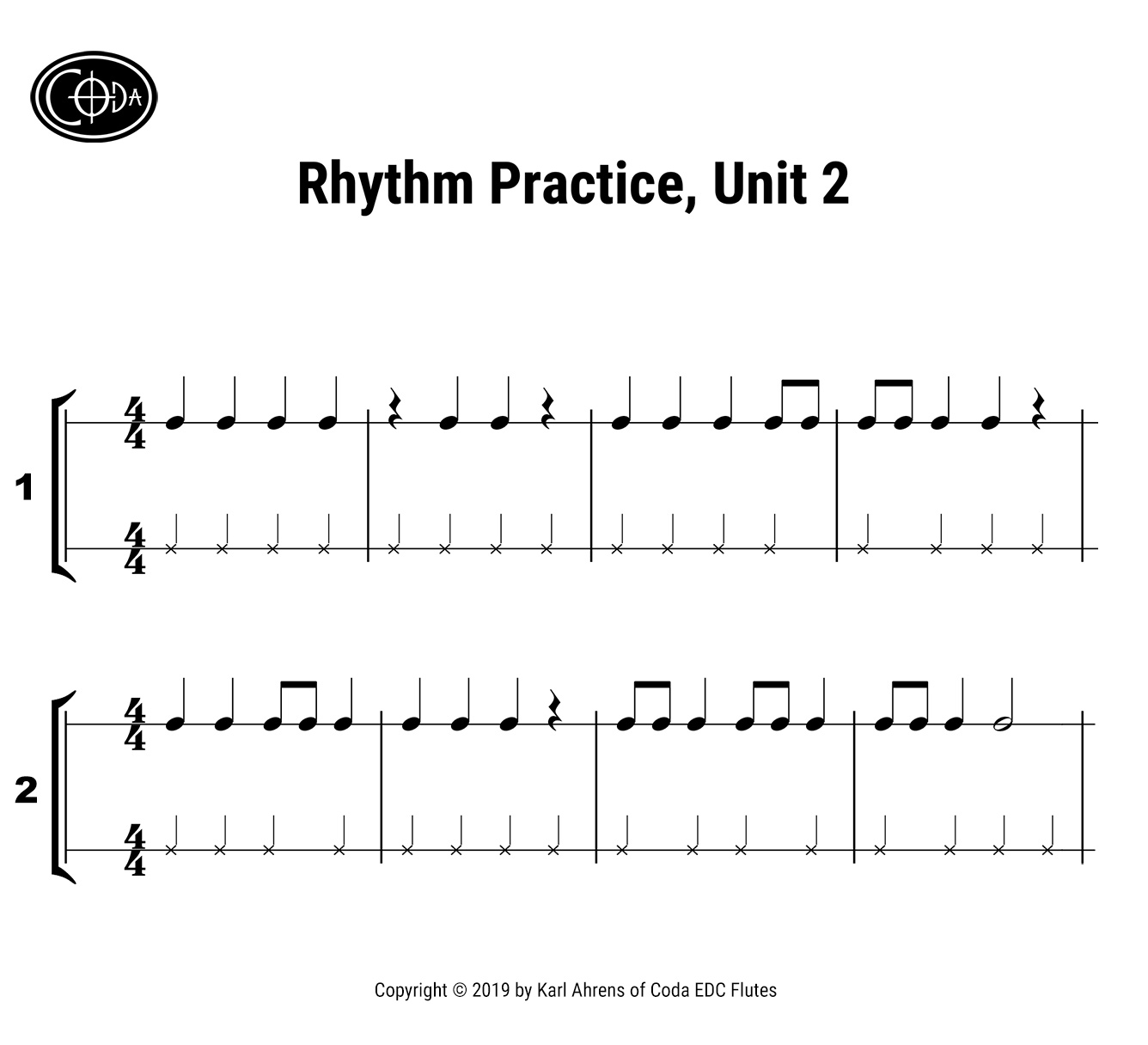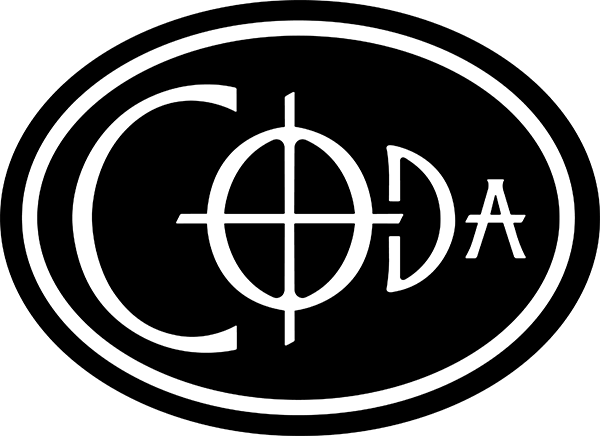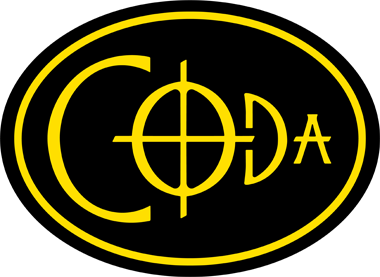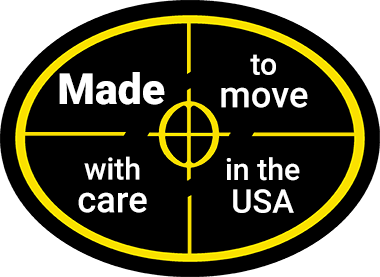Before we start Unit 2, grab a pen or pencil and some paper for a quick review of Unit 1. It’s time for a little active retrieval (or forced recall), a powerful technique for consolidating learning, no matter what you are studying. We are all good at forgetting. However, research shows that when we quiz ourselves on new information, forcing ourselves to recall it, we retain it better than if we merely “restudy” that same information.
Takeaway: To create solid, lasting memories, force yourself to recall important information on a regular basis.
By the way, you’re going to quickly draw some pictures. It doesn’t matter one bit if they are messy or poorly drawn! In addition to forcing you to recall and to notice a few things you hadn’t noticed before, drawing pictures is an effective memory technique in and of itself: https://www.edutopia.org/article/science-drawing-and-memory.
In Unit 2, you’ll be playing only the notes B, A, and G again, so let’s quickly review them:
- Finger the notes B, A, and G on Coda several times. As you finger each note, say its name out loud.
- Now, how many lines make up the musical staff?
- Draw a few musical staves (the plural form of staff).
- Describe where the B note is found on the staff.
- Draw a bee (yes, the insect with wings) on the B line of a staff.
- Then, write a letter B on the B line, a letter A on the A space, and a letter G on G line. Do this several times, changing the order of the notes.
- To review B A G, see Hot Cross Buns, Wrap-up, in Unit 1.
Just like Unit 1, Unit 2 uses only whole notes, half notes, quarter notes, and eighth notes.
- How long does a whole note last? A half note? A quarter note? An eighth note?
- Draw a few more musical staves, and then draw the following:
- A whole note on the B line.
- Two connected eighth notes on the G line.
- A quarter note on the A space.
- A half note on the B line.
- A whole note on the A space.
- Two connected eighth notes: one on the G line and the other on the A space.
- Above each note you have drawn, write how many beats it lasts: 4, 2, 1, or ½.
- To review the duration of notes, see Rhythm Practice, Exercise 2, in Unit 1.
- To see how to draw musical notes, look at the music notation for Mary Had a Little Lamb, Unit 1.
All the songs in Unit 2 are in 4/4 time, so…
- How many beats are there per measure in all the songs in Unit 2?
- How long does a quarter note last in each song?
- How many quarter notes fit in each measure (or bar)? How many whole notes? How many half notes? How many eighth notes?
- To review 4/4 time, see Sou Gan, Wrap-up, in Unit 1.
You’ll see breath marks again in Unit 2.
- Draw a breath mark.
- What does it mean?
- To review breath marks, see Mary Had a Little Lamb, Wrap-up, in Unit 1.
When ready, go on to Exercise 1
Note: As mentioned in Unit 1, we’re keeping things simple by using music terminology common in the good old USA. If the terminology in your country is different, don’t worry! After you can read music fluently, you can quickly go back and learn those differences if you choose to.
Just to give you a heads up, you’ll encounter only one new music symbol in Unit 2. It is called a quarter rest.
![]()
Like a quarter note, a quarter rest lasts one beat. Rests are important because they tell you to stop playing and be quiet. Hmmm… sort of like parents.🙂
As discussed in Unit 1, before you read and play new rhythms, you want to be able to feel them. For that reason, please repeat each of the following steps several times.
1st, READ & LISTEN:
Follow the music notation (with a 1 in front of it) while you listen to Rhythm Practice #1 with the B Note.
2nd, read, listen + CLAP:
When ready, begin clapping your hands –or tapping your foot– along with the beat, i.e., the sound of the woodblock.
Remember, in 4/4 time, there are four beats in each measure, and you clap on each beat, so it sounds like this: clap, clap, clap, clap | clap, clap, clap, clap | clap, clap, clap, clap | clap, clap, clap, clap ||
3rd, read, listen, clap + CHANT:
Chant along with the sound of the organ, using the neutral syllable “Too.” When you come to a quarter rest, say the word “Rest” out loud.
When you chant Rhythm Practice #1, there are four beats per measure, so it should sound something like this:
Too, Too, Too, Too | Rest, Too, Too, Rest | Too, Too, Too, Too/Too | Too/Too, Too, Too, Rest |
4th, read + PLAY ALONG:
Read the music notation and play along on Coda with the audio, using just the B note.
After you can confidently play along with the audio, move on to Exercise 2.
Repeat the steps from Exercise 1, but this time read the music notation with a 2 in front of it and listen to Rhythm Practice #2 with the B Note.
When ready, go on to the song Good News here in Unit 2.
Oh, before you go… What’s the name of that new symbol you just learned? What does it mean again?
Rhythm Practice #1 with the B Note
Rhythm Practice #2 with the B Note





